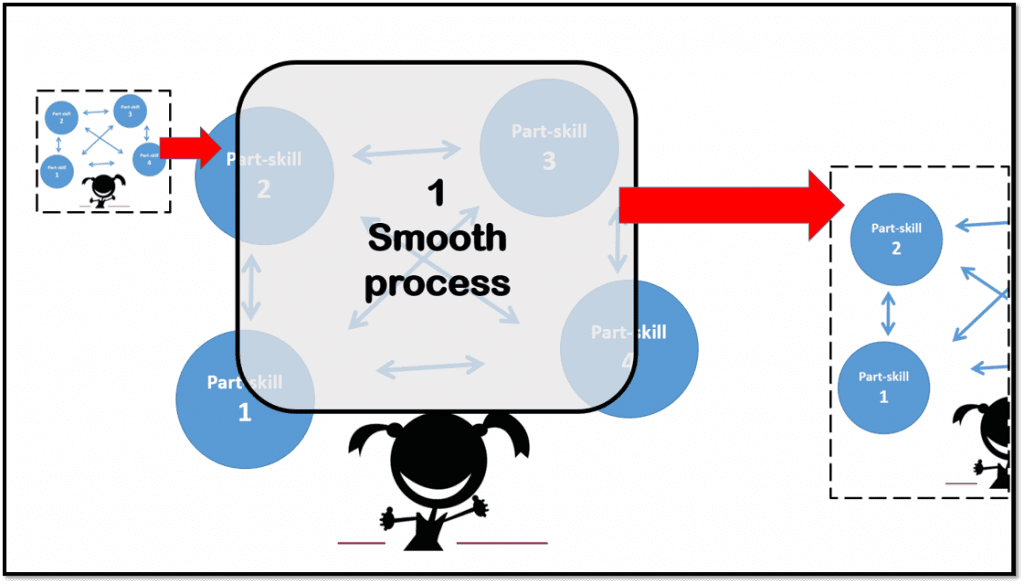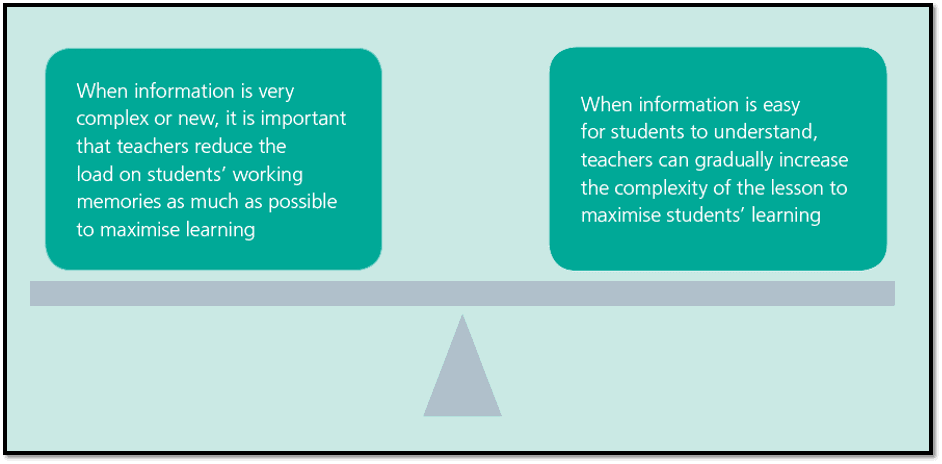Driving Instructors have Cognitive Load Theory nailed!
Imagine the driving instructor that starts the very first driving lesson with; “Ok, I’d like you to overtake the car in front using mirror – signal – manoeuvre. And that, my friend, is how you overtake!” Though they don’t realise it, driving instructors have Cognitive Load Theory nailed!
Having no understanding of the cognitive load they are placing on the learner’s brain, a disaster awaits. It is a similar situation in any classroom where the learner has been asked to think through more than their brain can cope with at any one time. When this happens, learning fails. When it happens consistently, expect an educational disaster.
Driving instructors are teachers
Driving instructors are teachers whose learners’ lives (and potentially those of many others) depend on their teaching; some would say that school teachers are the same! The responsibility of school leaders in this regard is greater still.
Driving instructors know full well that their students need to master all three skills (mirror, signal, and manoeuvre) in isolation first before they can be combined into one process. Then, later on, through varied and frequent practice, one smooth process. Later still, one smooth process that can be combined with other skills. So, this 5 stage sequence is worth considering as a front door into CLT.
- Identifying pre-requisite part-skills,
- Securing them fluently in isolation first,
- Combining them into one process with explicit teaching,
- Repeatedly revisiting the ‘one process’ in gradually more challenging contexts until it is ‘one smooth process’, and finally
- The learner choosing to use and apply this new skill in an appropriate, and perhaps unfamiliar, context. In other words, this combined skill has now itself become an automated ‘part-skill’ ready to combine with other part-skills that have their own backstory.
The Cognitive Load Theory Learning Sequence
This simple CLT learning sequence is at the heart of teaching children to become numerate (see ‘Using Cognitive Load Theory to Crack Addition 1, 2 &3’). In this way, learning is always built upon learning. Fluency leads to more fluency. CLT is much more than this, but when CLT is applied to a child acquiring the basic skills for maths then this fundamental CLT principle of ‘keeping the cognitive load right for continued progress’ is everything! Everything!!

Getting the load right
Imagine the driver that has already learned to overtake expertly (whilst on ‘autopilot’) but… suddenly, one dark night the rain comes down hard on an unlit and unfamiliar road; wipers are going crazy, visibility is low and the driver hunches forward as they go to overtake. What would you do? You would concentrate! In doing so you naturally close down any conversations and give your full cognitive attention to the skill of driving (as the complexity of the driving challenge increases). This experience maximises your learning; you are a better driver because of it. However, a cognitive curriculum exists between the first driving lesson and the expert driver. Hence, it’s not just a case of making it easy if the content is new and making it difficult once it’s easy (although that can be a good starting point). To optimise learning we need to find the delicate balance between the two.

As a learner, having just the right cognitive demand is everything. As a teacher, providing just the right cognitive demand is everything!
Underload and progress stalls.
Overload and progress stalls.
We teachers need to know the learner’s abilities, yes. We need to know the specific curriculum content detail, yes. But we teachers also need to be experientially rich in the practice of employing the principles of CLT if we are to be able to respond to the learner’s academic needs by providing the most suitable cognitive load for teaching their next learning step, whatever that may be. Getting the load right is everything!
The very first sentence of the book ‘Cognitive Load Theory’ says;
Without knowledge of cognitive processes, instructional design is blind.
‘Cognitive Load Theory’ by Sweller, Ayers and Kalyuga
I guess if they weren’t polite academics they might have written, ‘If you haven’t studied how the brain works then don’t teach!’
The Centre for Education Statistics and Evaluation (part of New South Wales Government Department of Education) produced a detailed guide to Classroom Practice, which I recommend.
Cognitive Load Theory in Practice – NSW Government Department of Education Read the report here.
